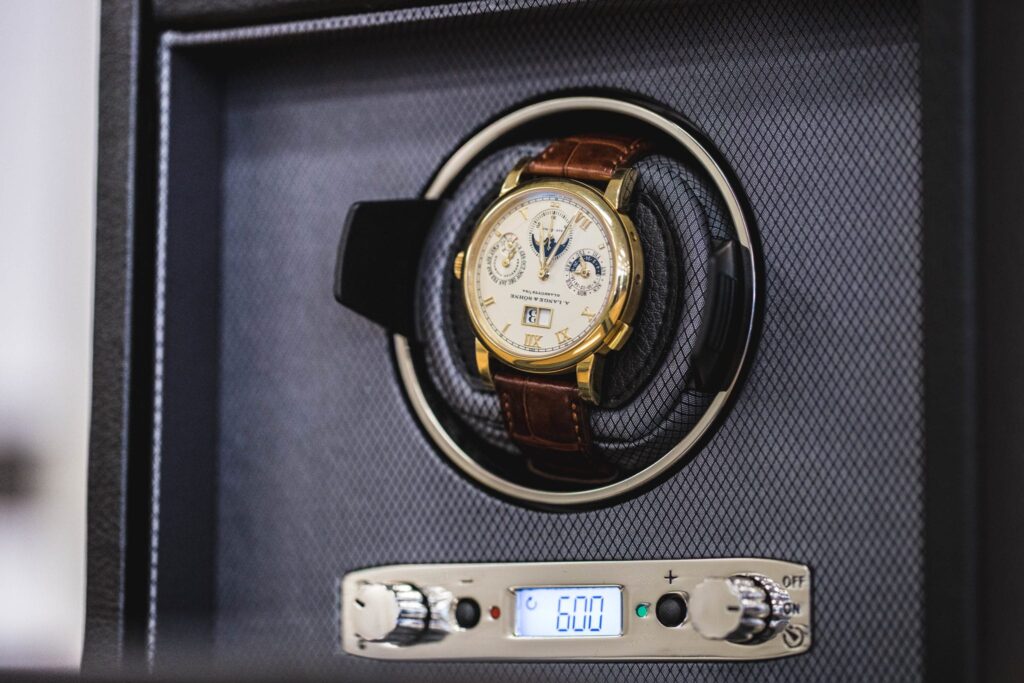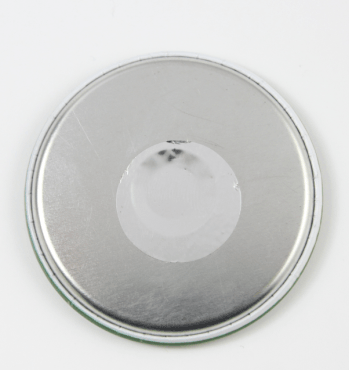Automatic watches, celebrated for their craftsmanship and heritage, rely on the continuous movement of their internal mechanisms to keep accurate time. Unlike quartz watches that use batteries, automatic watches harness energy through the wearer’s natural motion. However, when not worn, these watches can stop, requiring manual adjustment of time and date. This is where watch winders come in, providing essential motion to keep watches running smoothly. These devices are pivotal in extending the life and precision of automatic watches by simulating the natural movements that occur when a watch is worn.
Maintaining the precision and longevity of automatic watches is central to the design philosophy of Barrington Watch Winders. These devices are pivotal in extending the life and accuracy of automatic watches by providing essential motion, akin to natural movements, when the watches are not worn. By ensuring watches stay wound and ready, Barrington Watch Winders serve as an indispensable tool for watch enthusiasts who value both function and heritage in their timepieces.
Understanding Watch Winder Settings
A watch winder’s functionality hinges on its ability to mimic the natural movements that keep an automatic watch running. Central to this are the “Turns Per Day” (TPD) settings and directional controls. TPD refers to the number of rotations the winder completes in a day, crucial for ensuring the watch remains fully wound without overwinding. Directional settings, which can be clockwise, counter-clockwise, or alternating, accommodate the specific winding requirements of different watch mechanisms. Matching these settings to your watch’s specifications is vital for maintaining its accuracy and longevity. Incorrect settings can lead to insufficient winding or, worse, strain the mechanism, emphasizing the importance of a tailored approach to each watch’s needs.
The Science of Watch Longevity
Proper mechanical stimulation through watch winders plays a crucial role in extending the life of an automatic watch. By ensuring that the watch remains active, winders prevent the oils within the movement from coagulating, which can cause friction and wear over time. However, it’s critical to avoid over-winding and under-winding. Over-winding can lead to excessive tension in the spring, causing wear, while under-winding might result in the watch stopping. Both scenarios can affect the watch’s performance and overall health, making accurate winder settings essential for optimal maintenance.
Choosing the Right Watch Winder
Selecting the ideal watch winder involves considering several key factors that impact both the performance of the winder and the health of your watches. Firstly, the quality of the motor is crucial; a good motor should operate quietly and reliably over extended periods. Noise level is another important consideration, especially for winders used in sleeping areas or quiet offices. Programmability is vital for accommodating the specific needs of different watch brands and models, allowing for adjustments in TPD and direction.
When looking for a winder, ensure it can be finely tuned to the needs of your particular watch. Some watches require specific TPD settings and rotational directions to maintain optimal function and longevity. Researching the specifications recommended by your watch’s manufacturer can guide you in choosing a winder that aligns with these requirements, ensuring your watch is kept in prime condition while not in use.
Practical Tips for Setting Your Winder
To optimize your automatic watch’s health and accuracy, here’s a step-by-step guide to setting your watch winder:
- Identify Your Watch’s Needs: Consult your watch’s manual or manufacturer’s website to find out the recommended TPD (Turns Per Day) and whether it should be wound clockwise, counter-clockwise, or alternating.
- Adjust the TPD Settings: Set your winder to match the TPD specification of your watch. This ensures your watch remains fully wound without being overstressed.
- Select the Direction: Choose the winding direction that suits your watch’s mechanism. If unsure, alternating direction usually accommodates most watches.
- Consider Usage and Resting Periods: Adjust the winder’s settings based on how frequently you wear the watch. If you wear it regularly, you might set the winder to run only part of the day to maintain energy while not in use.
By following these steps, you can ensure that your winder not only keeps your watch running smoothly but also contributes to its longevity and accuracy.
Conclusion
Maintaining the correct settings on your watch winder is essential for enhancing the longevity and accuracy of your automatic watches. Precise adjustments in Turns Per Day and directional settings ensure that your timepieces operate optimally, preserving their intricate mechanics and overall value. Investing in a quality watch winder from Barrington Watch Winders is not merely a convenience but a proactive measure to protect and enhance your valuable watch collection. Embrace this essential accessory to keep your watches ready and precise, whether for daily wear or special occasions.






